 Abraham Lincoln
If given the truth, the people can be depended upon to meet any national crisis...
Abraham Lincoln
If given the truth, the people can be depended upon to meet any national crisis...
 Guildford news...
for Guildford people, brought to you by Guildford reporters - Guildford's own news service
Guildford news...
for Guildford people, brought to you by Guildford reporters - Guildford's own news service
Birdwatcher’s Diary No.266
Published on: 4 Nov, 2022
Updated on: 4 Nov, 2022
By Malcolm Fincham
Warm westerly winds whipped in to the UK throughout the latter part of October as a ‘beefed-up’ Atlantic Jet Stream continued to command control, bringing low pressure systems from the south and the west. It brought plenty of rain in its wake to replenish the Surrey Hills of its summer drought.
Between showers and occasional heavy stormy weather enough time was awarded my way to continue my ventures and even capture a few photos when opportunities arose.
Sticking mostly to my regular ‘patches’ allowed me to stay up to date with the shifting tides of autumn.
Untold secrets continued to reveal themselves with every day that passed. Yet like a rainbow that materialises, then disappears in an instance, I was only able to capture a snapshot in time.
On my visit to Whitmoor Common the sun was shining brightly revealing the vibrant autumnal colours on display.
Dartford warblers were in good number, though for the most part pretty elusive on their favoured heathland habitat. Taking advantage of the present warm weather and hoping, being solely insectivores, the coming winter won’t be too harsh for their survival.
Coal tits there, on the other hand, were among the many birds able to adapt their diet from insects to seeds (and even the occasional berry). And could already be viewed feeding on pine cone seeds.
A greedy robin plucked a berry from one of the rowan trees still full of ripened red fruit.
Continuing to be common sightings around the heathland was a flock of 20 or more goldfinches
As well as groups of meadow pipits.
Both male and female stonechats popped up on various perches around the heathland.
Jays could now be regularly heard and sighted there.
The ‘yaffle’ of a green woodpecker could occasionally be heard.
Long-tailed tits continued to traverse the common in a loosely strung pack.
While a kestrel continued to regularly visit the heathland.
Just a little further down the Salt Box Road at Britten’s Pond two greylag geese continued to be resident.
A cormorant circled around the pond, apprehensive about settling as it observed too much activity in respect of anglers fishing there that day. On this occasion deciding not to settle.
While a kingfisher could often be seen perched up with fewer places now to hide as the trees around the water’s edge began to shed their leaves.
On October 18 and 19, after seemingly incessant low pressure with west-south-west winds, high pressure built briefly into Scandinavia. This allowed the floodgates to open for birds migrating downwind into the UK and other southern European countries.
Within the days that followed individual counts in excess of a thousand redwings could be seen in the skies over the Surrey Hills.
This including 2,000 viewed from Leith Hill Tower on October 22. Although late in the afternoon that same day, I managed to photograph my first redwing of the year at Worplesdon Churchyard, Perry Hill.
Several nuthatches could be heard in close proximity of each other giving me the impression they were in conversation with themselves in the nearby trees.
While goldcrests could be seen fly-catching among the conifers that grow within the churchyard.
Even a firecrest made another appearance.
A sparrowhawk even turned up to spoil the party. Thus leaving me kicking myself having not spotted it prior to a passing cyclist spooking it up and away with an adult male blackbird in its talons.
Although also hearing a fieldfare there, it wasn’t until the following day that I saw my first small group of 15 or so of them on some farmland at Shackleford. Capturing one in a photo, showing its distinctive grey head and ochre-coloured chest.
Wintering skylarks could be seen and occasionally still heard briefly in song over the fields there.
The main reason for our visit was that it was one of several sites within Surrey that were reporting black redstart sightings.
Two had been seen near a hay barn by Lydling Farm, near Shackleford. While a third had been reported at an old favoured haunt of mine, Unstead Sewage Farm, near Godalming.
Regrettably, my attempts at both sites drew a blank. This left me uncharacteristically frustrated as the weather turned for the worst and rain swept in to end the day.
Fortunately, by the following morning, dry sunny intervals had returned. And on checking latest reports the one at Unstead was still present.
In the company of Dougal we were finally able to ‘nail it!’. And even add a few up-to-date photos to my archives.
As with all the previous ones reported, and as the photos show, it could be seen to be a female-type.
A visit to Tice’s Meadow near Tongham saw water levels had remained reasonably low, despite recent inclement weather, thus allowing continued access to the waterside hide.
Canada and greylag geese remained an ever-present sight in varying numbers.
Two green sandpipers could be viewed, capturing one in flight along the far bank.
While a contorting ‘deceit’ of lapwings displayed over the water.
A kingfisher, unfortunately, was less obliging as it flashed past close to the waterside hide but too fast for me to capture a shot of its presence.
A few wigeon had now arrived to winter there and could be seen dabbling in the shallows.
As well as small rafts of tufted ducks.
While cormorants and grey herons both remained a common sight there.
And a great crested grebe could be seen out on the water.
As mild and unsettled weather continued to surge up through the UK through to the latter days of the month, sunnier spells saw numerous red admiral butterflies still on the wing.
And even a few speckled wood butterflies.
On October 30 I made a return to “Tice’s” this time in the company of Bob and Dougal. A great white egret had made an appearance there allowing me my first ‘record shots’ of one this year.
Recent Articles
- Guildford Institute’s Crowdfunding Project for Accessible Toilet in its New Community and Wellbeing Centre
- Letter: Guildford – Another Opportunity Missed?
- Letter: GBC’s Corporate Strategy – Where Is the Ambition?
- My Memories of John Mayall at a Ground-breaking Gig in Guildford Nearly Six Decades Ago
- Westborough HMO Plans ‘Losing the Heart of the Street’ Says Resident
- College Invests to Boost Surrey’s Economy and Close Digital Skills Gap
- Community Lottery Brings Big Wins for Local Charities
- GBC Housing Plan Promises ‘A Vibrant Urban Neighbourhood’ Near Town Centre
- Hospital Pillows ‘Shortage’ at the Royal Surrey
- Updated: Caravans Set Up Camp at Ash Manor School


Search in Site
Media Gallery
Dragon Interview: Local Artist Leaves Her Mark At One of England’s Most Historic Buildings
January 21, 2023 / No Comment / Read MoreDragon Interview: Lib Dem Planning Chair: ‘Current Policy Doesn’t Work for Local People’
January 19, 2023 / No Comment / Read MoreA3 Tunnel in Guildford ‘Necessary’ for New Homes, Says Guildford’s MP
January 10, 2023 / No Comment / Read More‘Madness’ for London Road Scheme to Go Ahead Against ‘Huge Opposition’, Says SCC Leader
January 6, 2023 / No Comment / Read MoreCouncillor’s Son Starts Campaign for More Consultation on North Street Plan
December 30, 2022 / No Comment / Read MoreCounty Council Climbs Down Over London Road Works – Further ‘Engagement’ Period Announced
December 14, 2022 / No Comment / Read MoreDragon Interview: GBC Reaction to the Government’s Expected Decision to Relax Housing Targets
December 7, 2022 / No Comment / Read MoreHow Can Our Town Centre Businesses Recover? Watch the Shop Front Debate
May 18, 2020 / No Comment / Read More



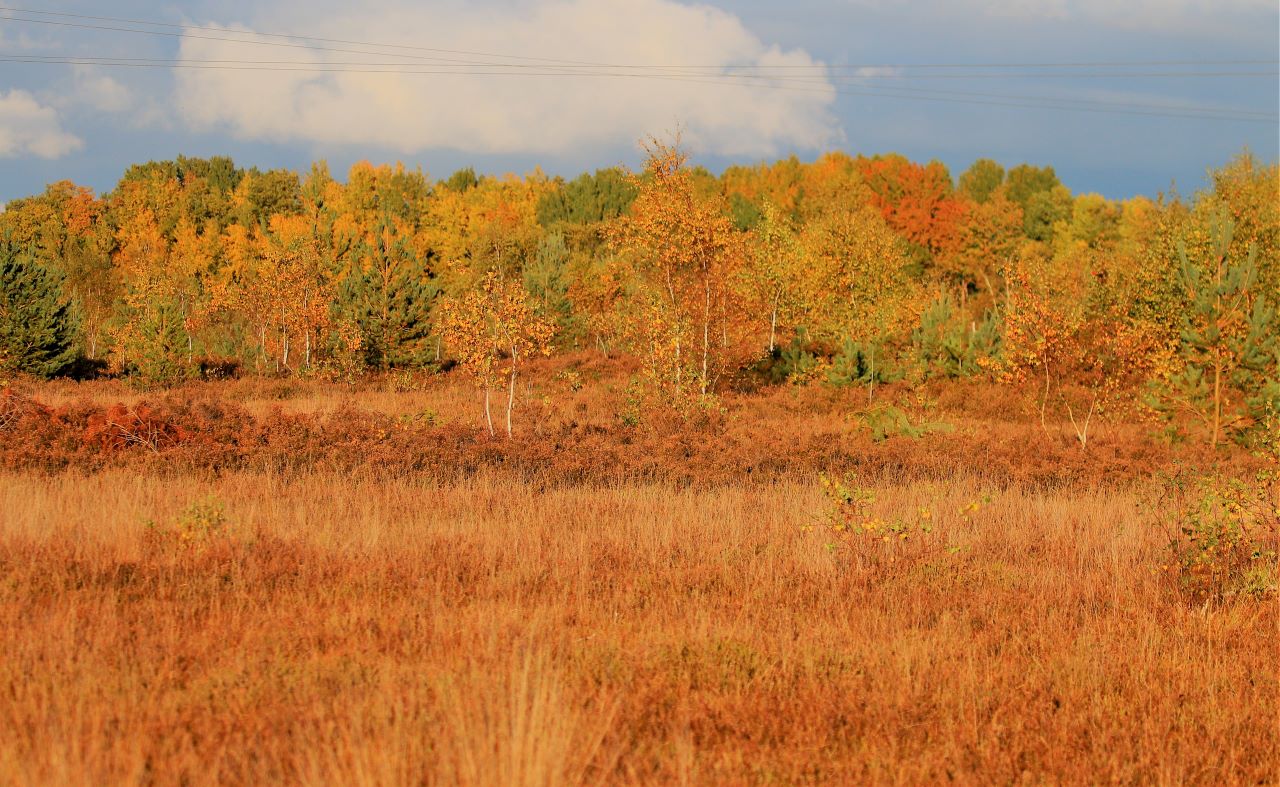
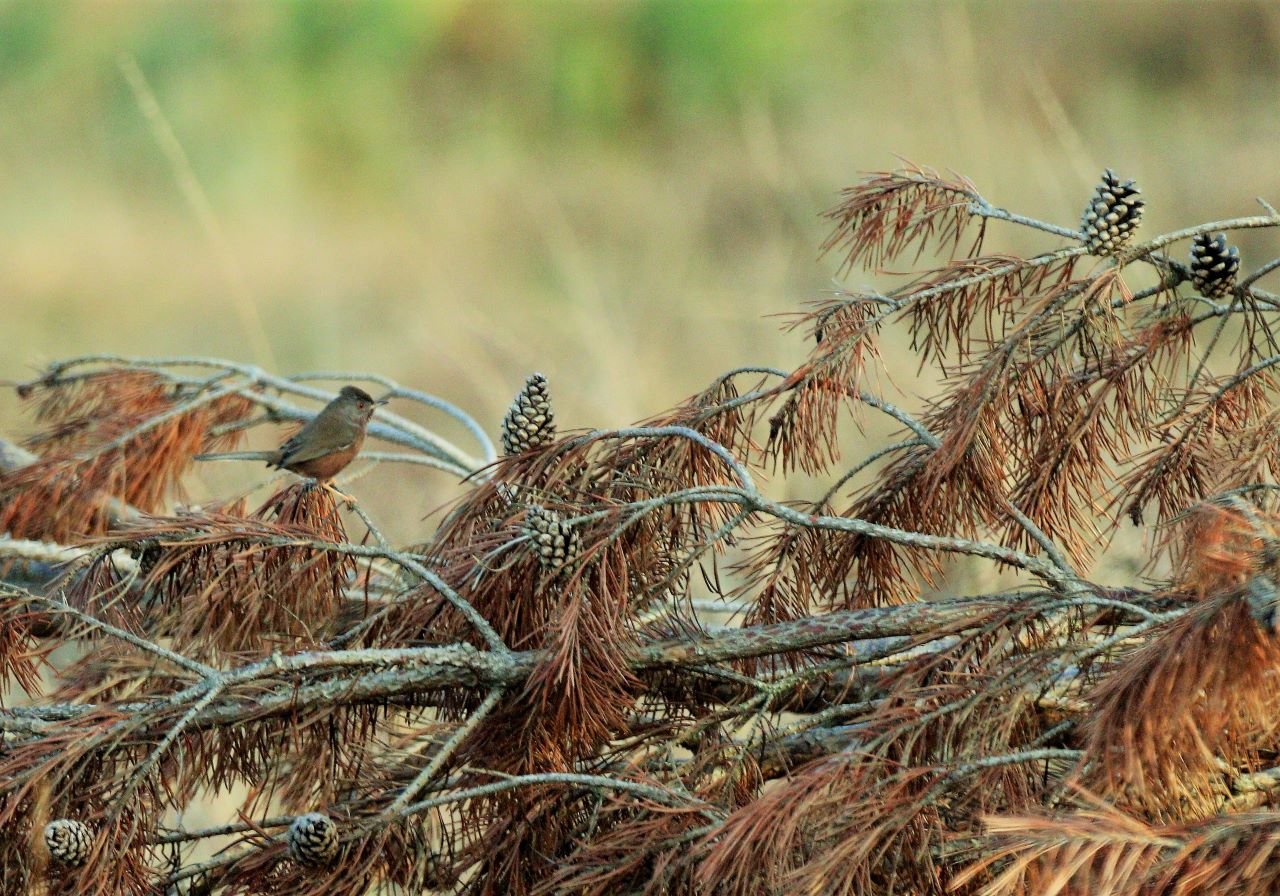

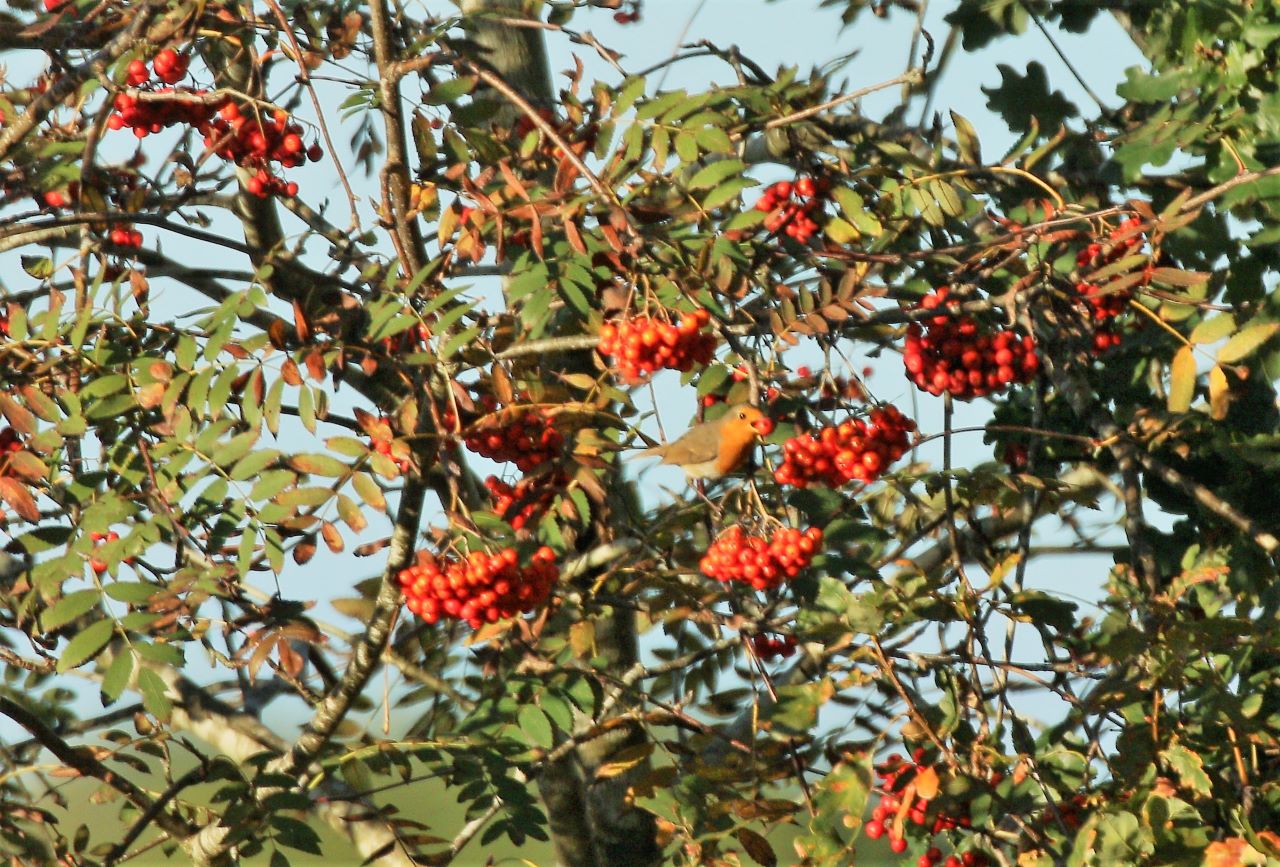
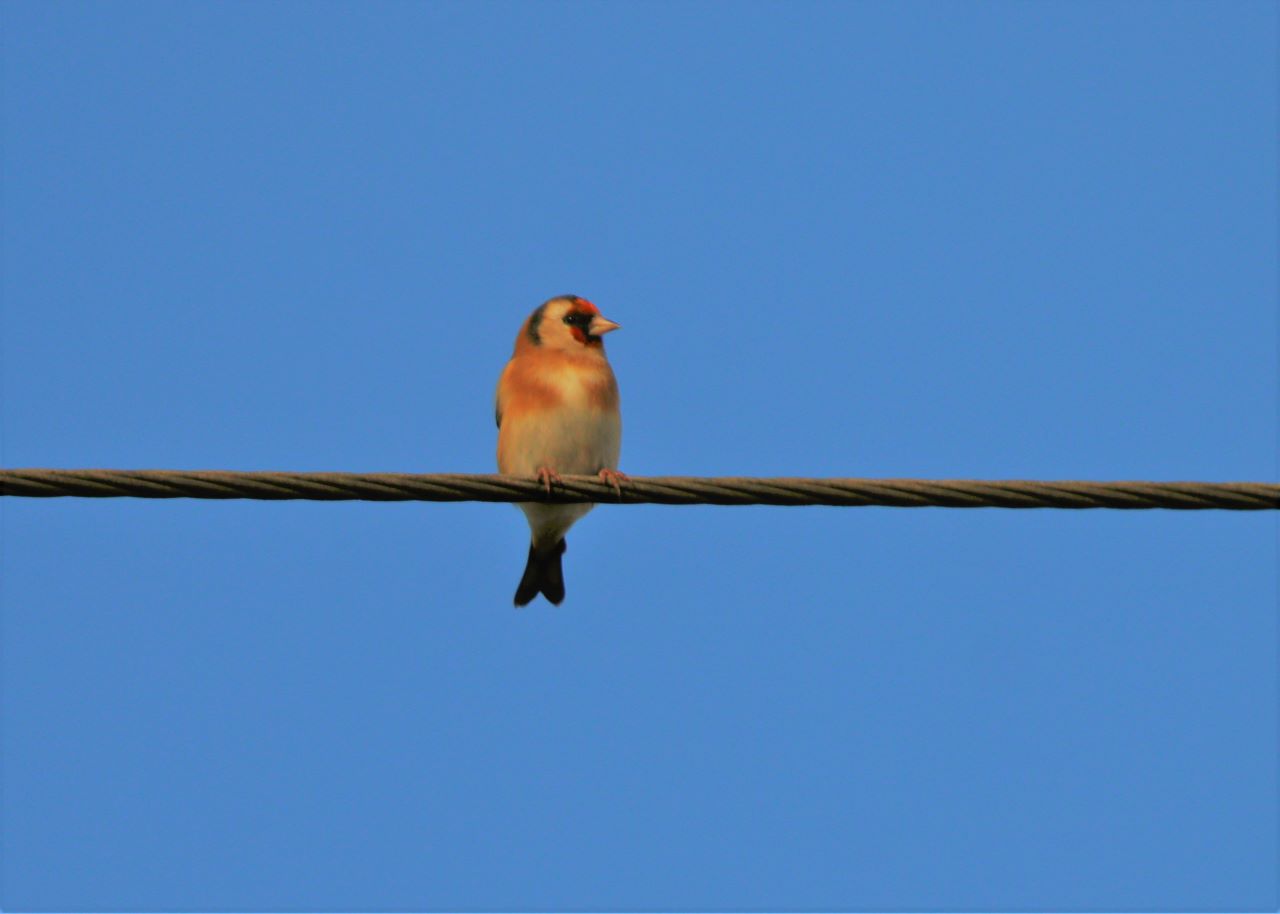

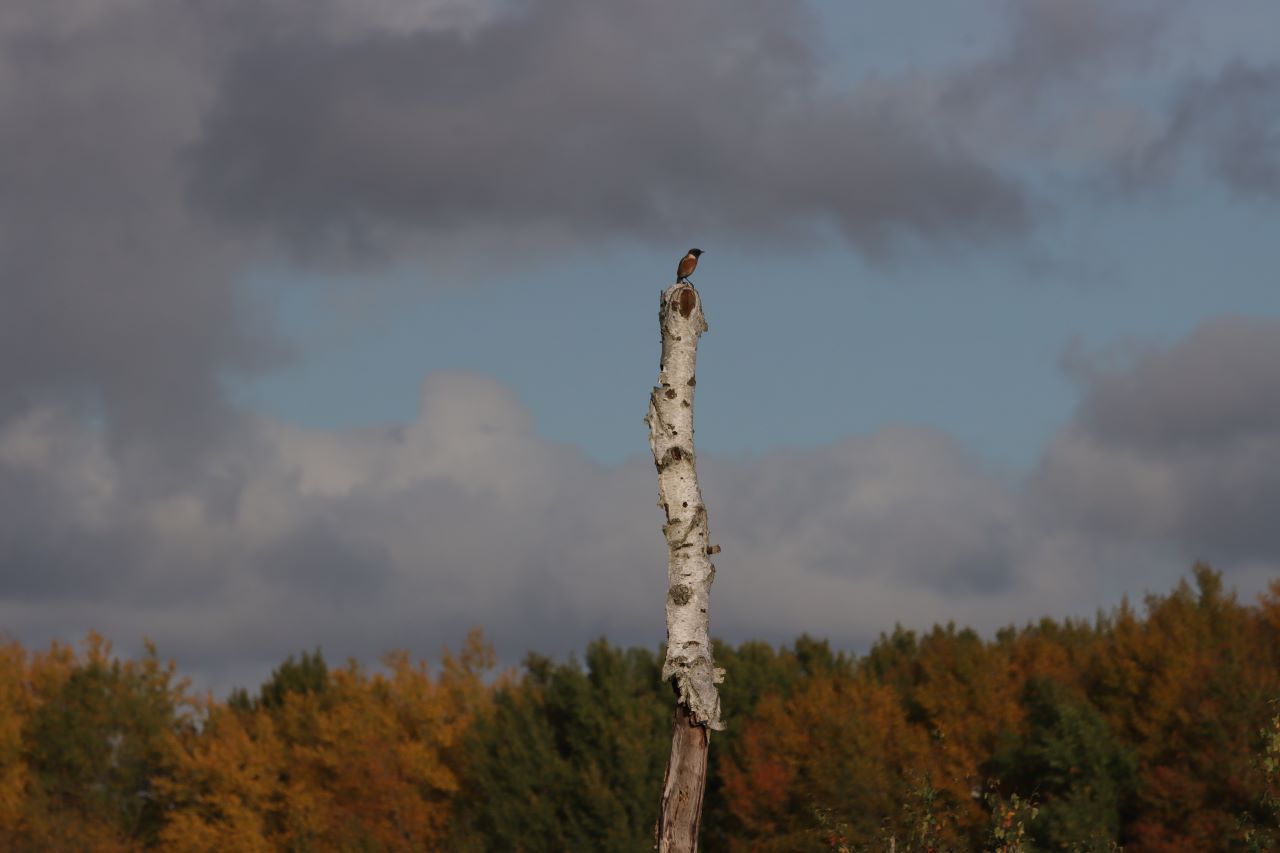

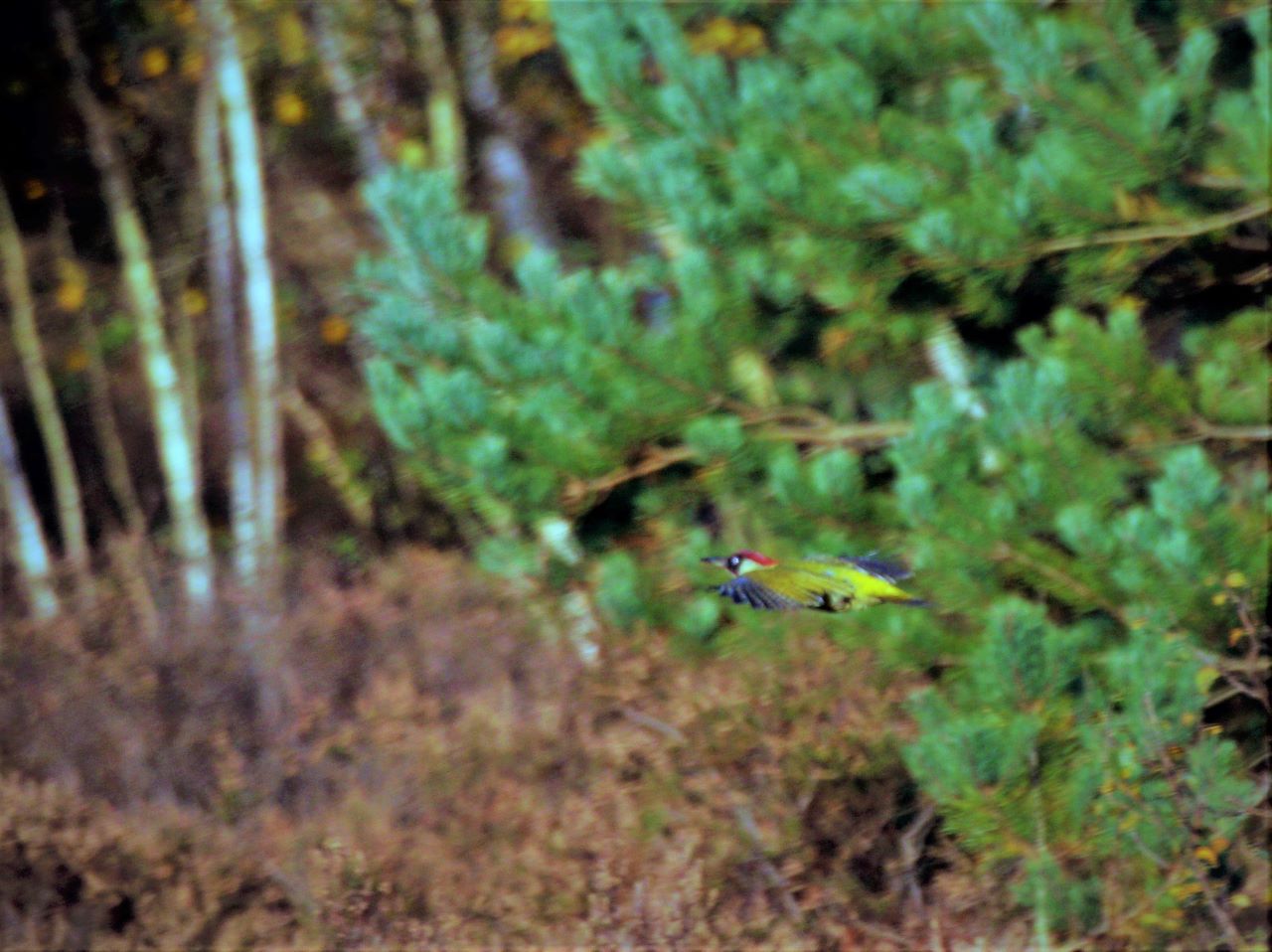
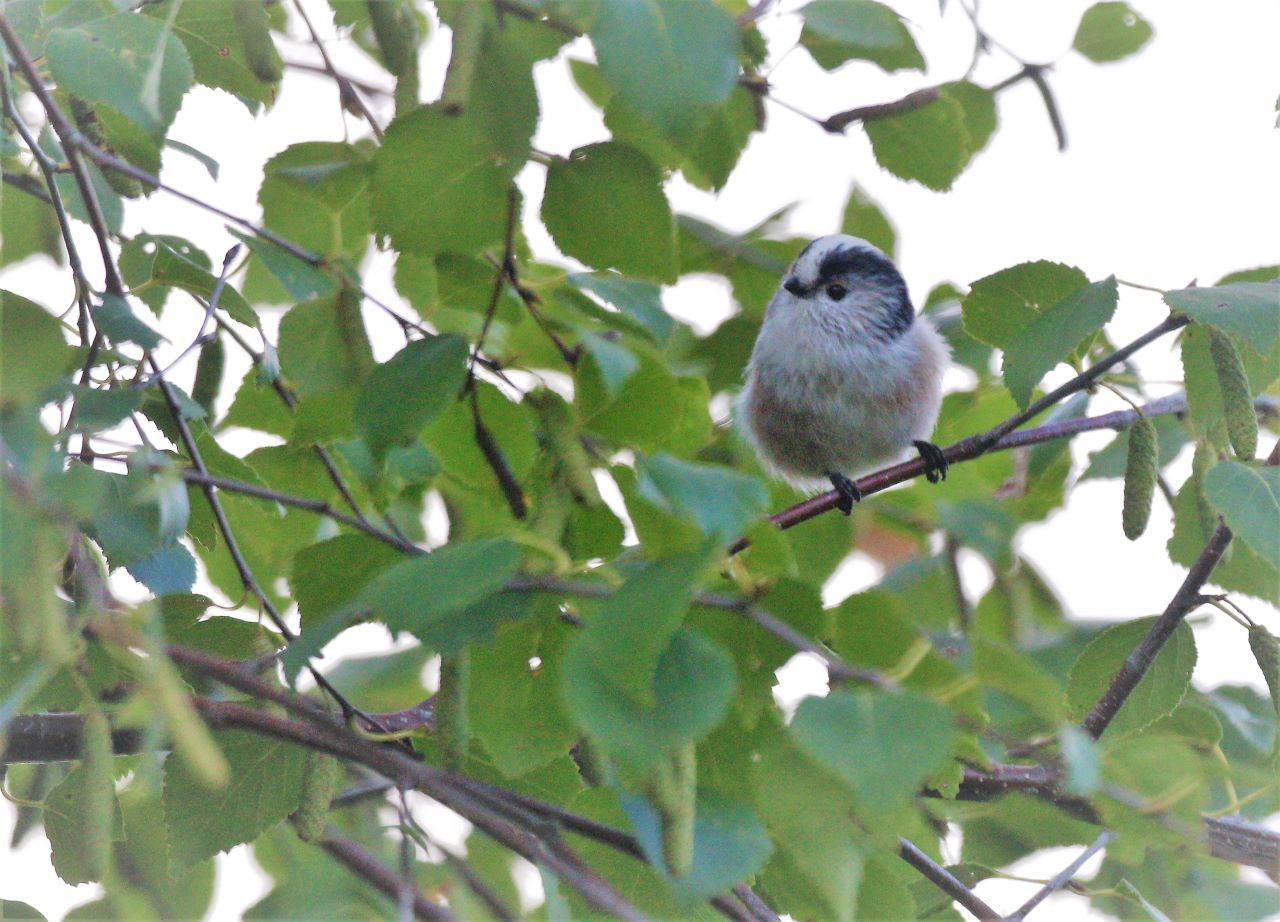
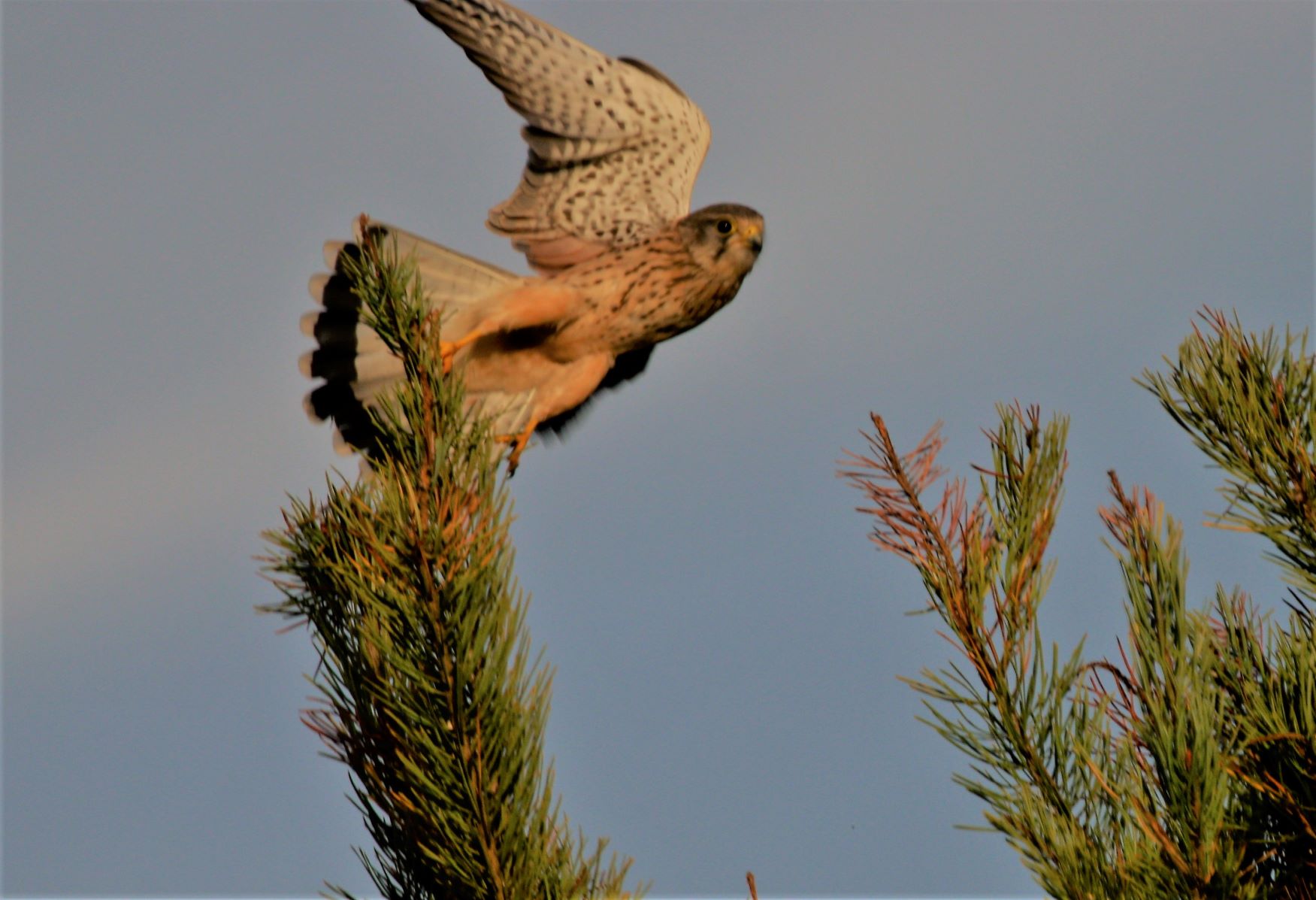
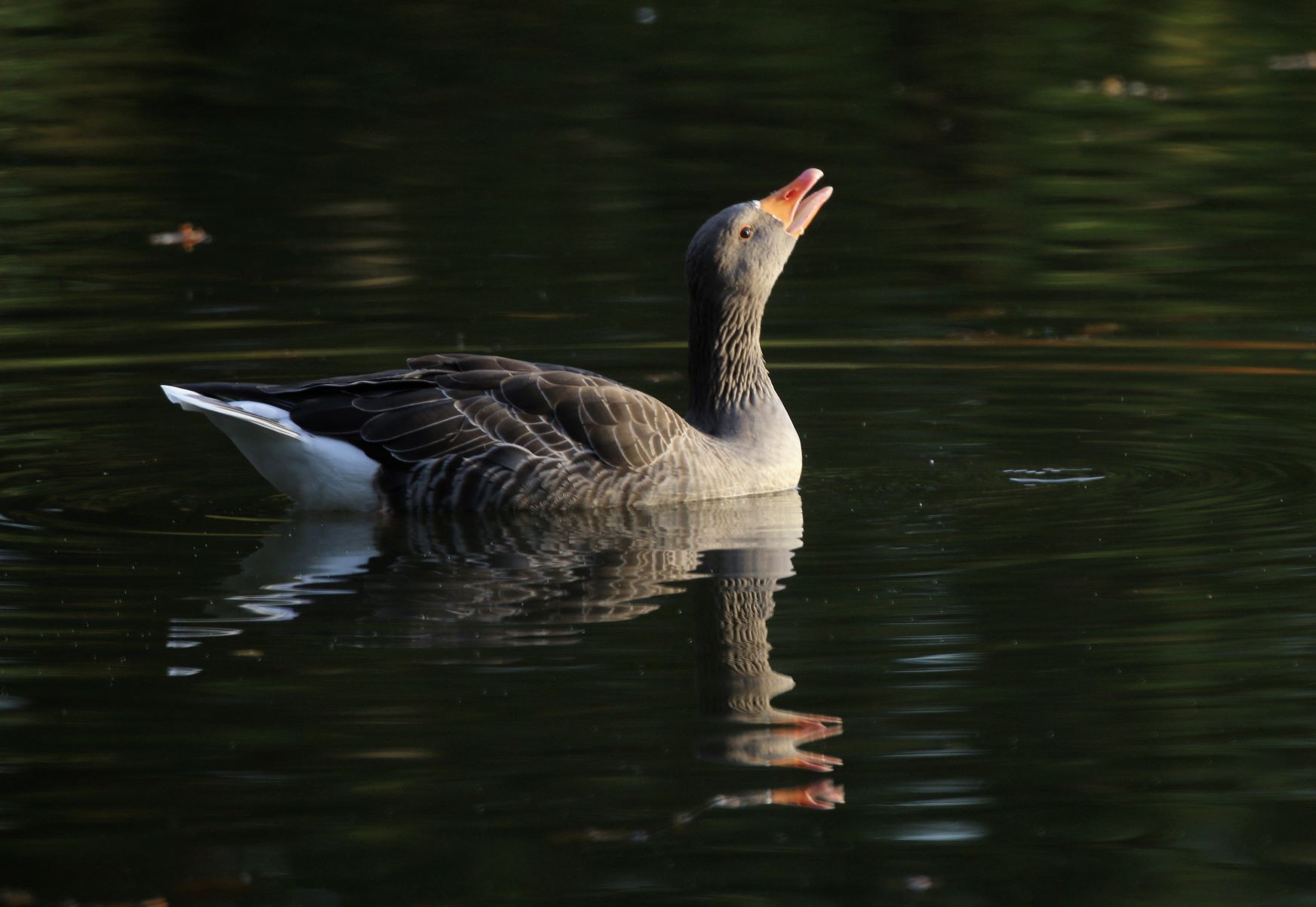
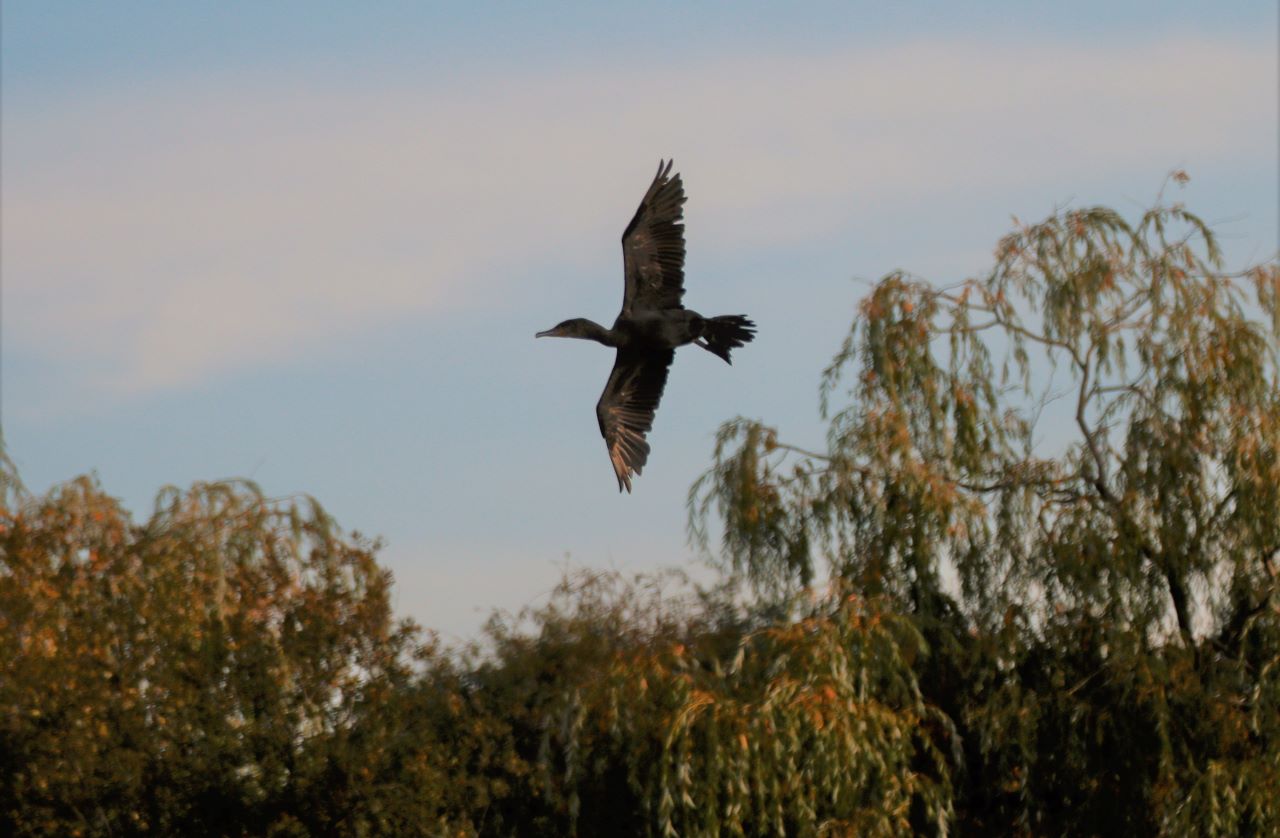

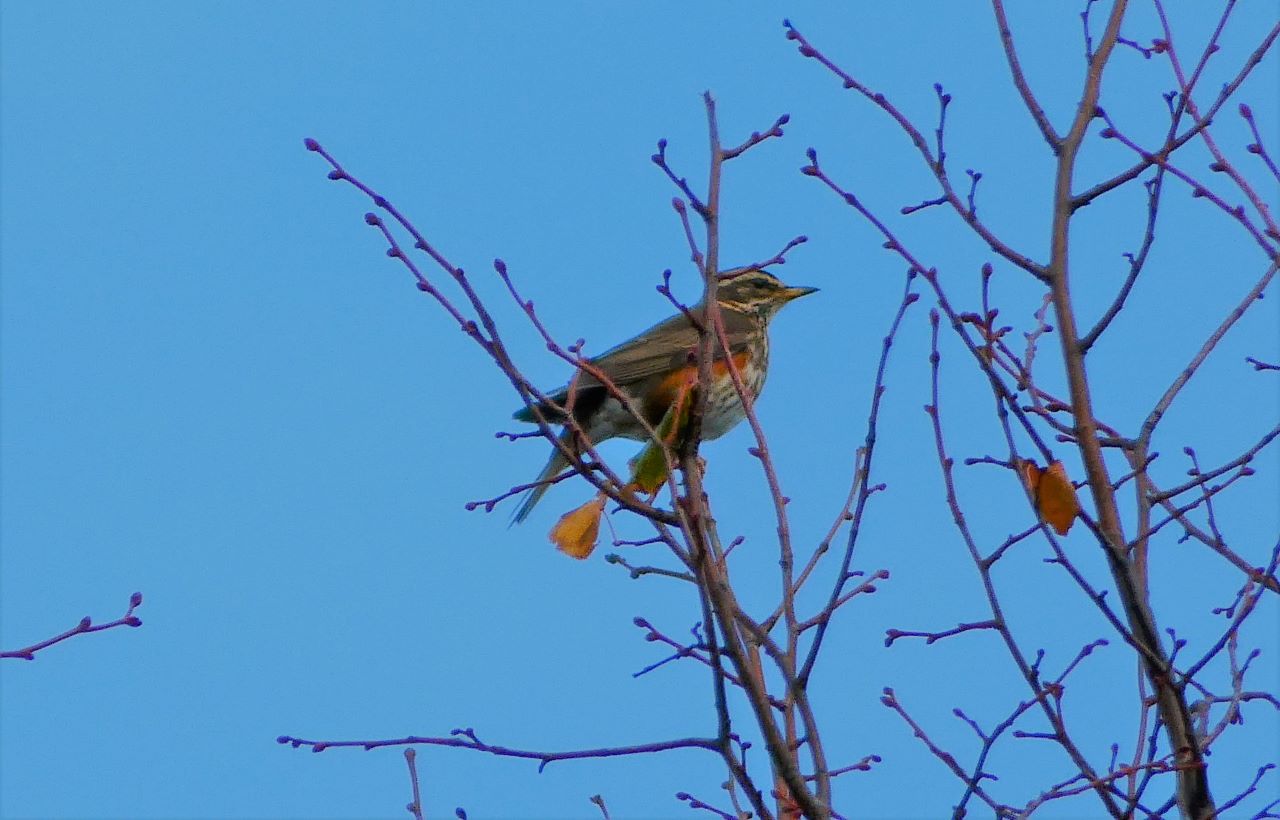


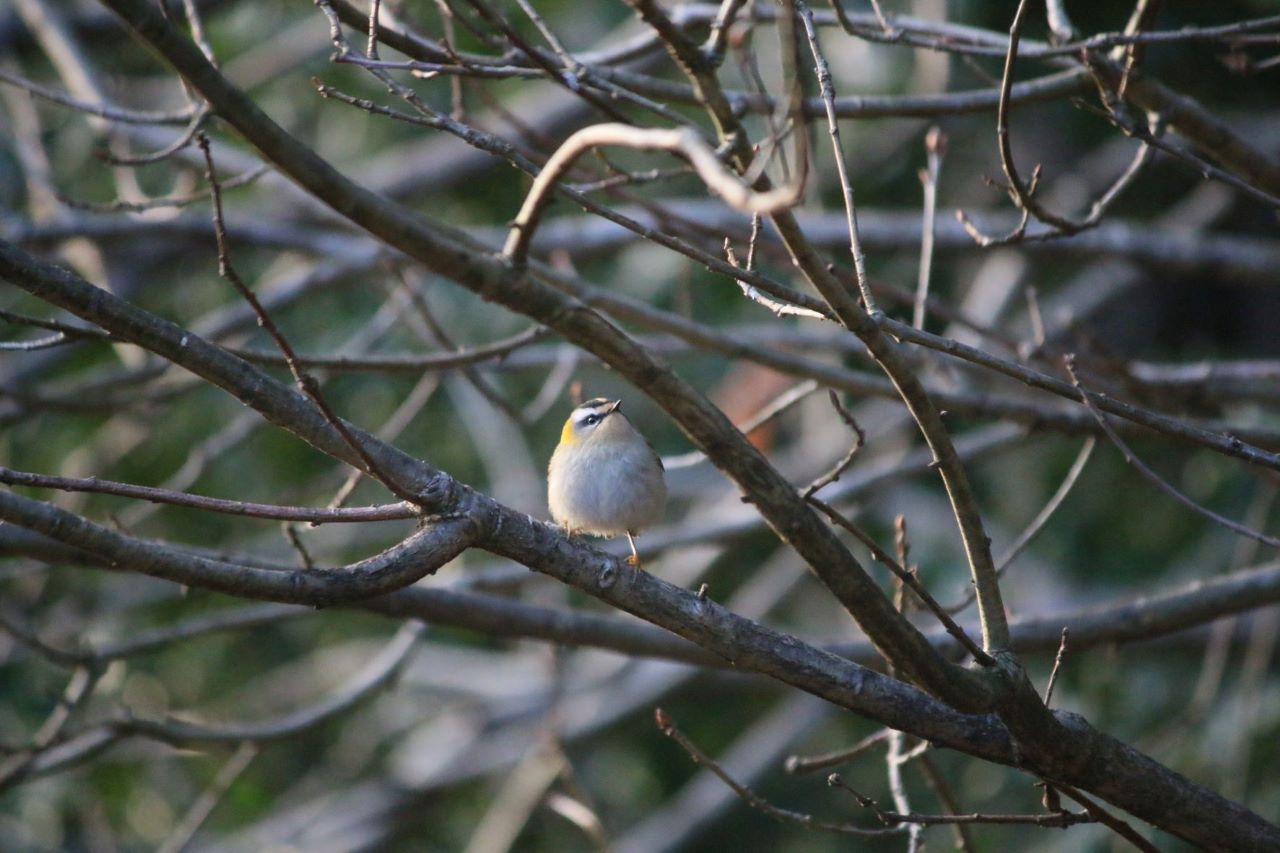
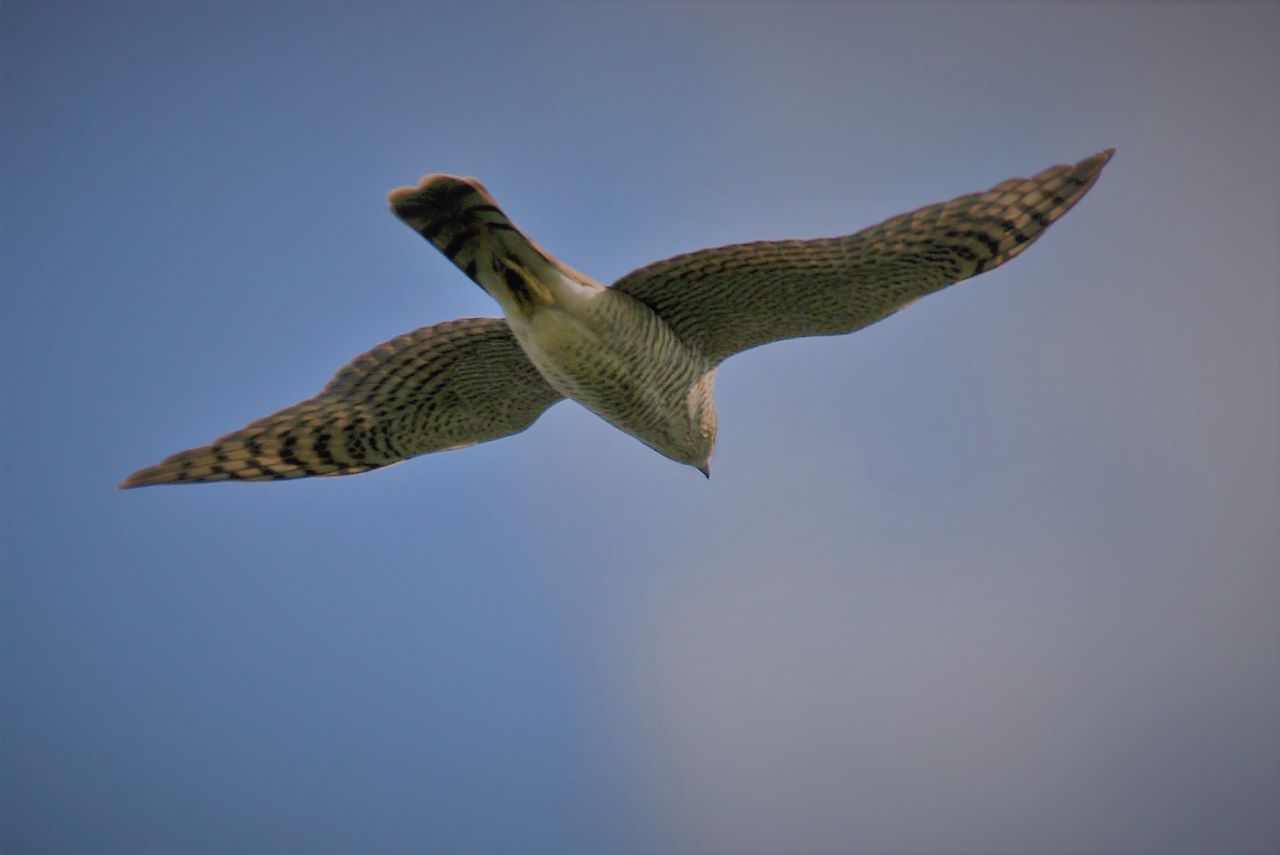



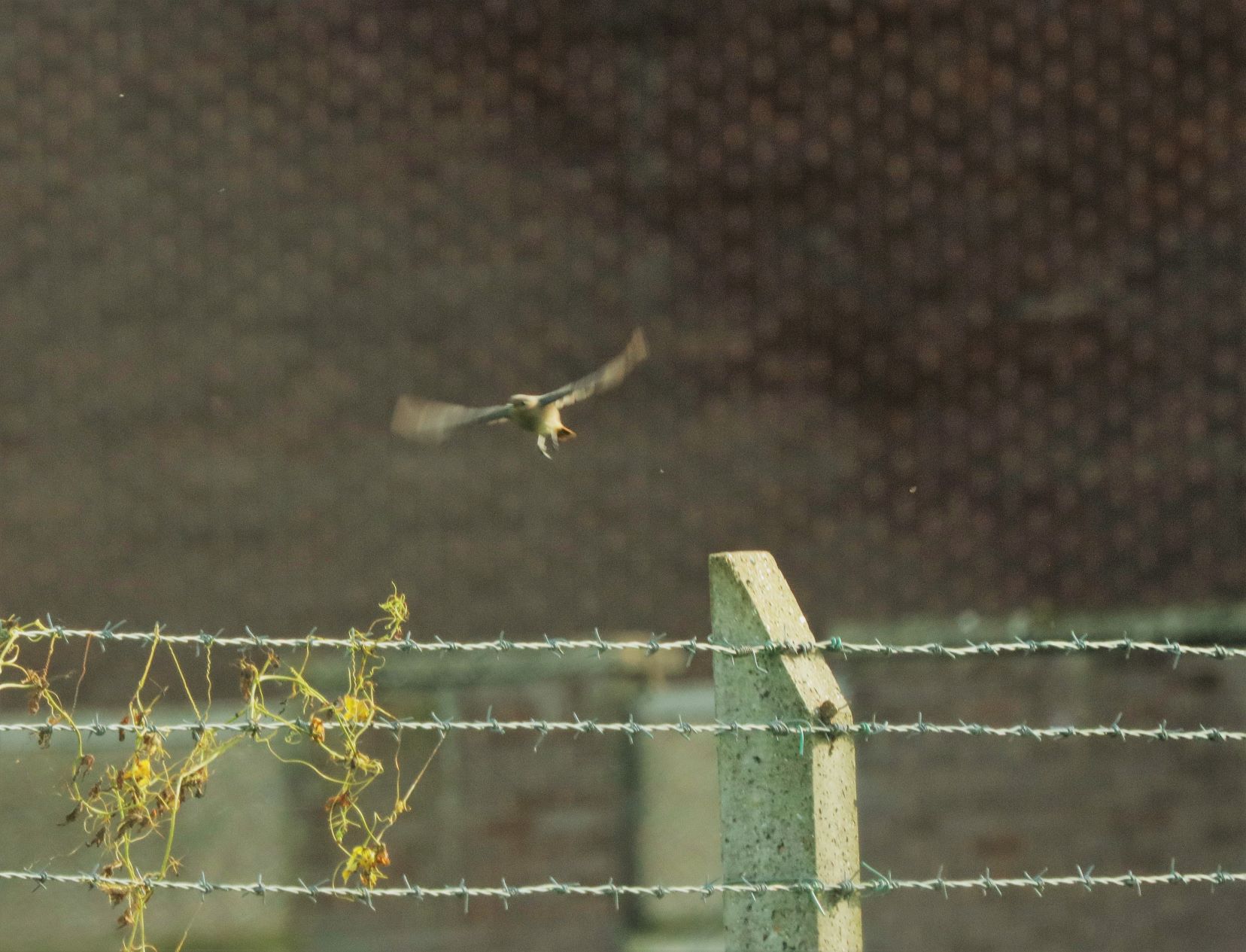
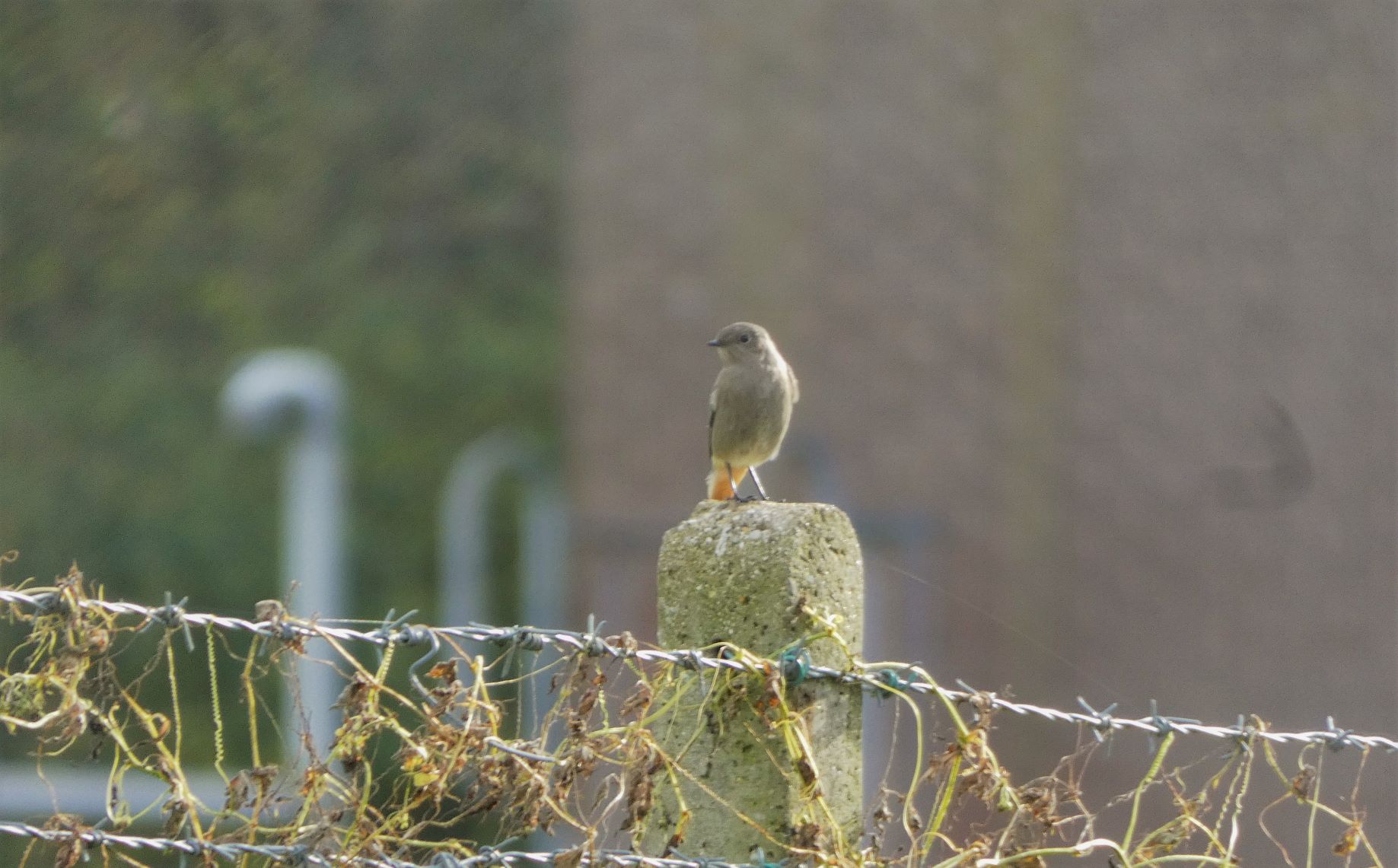
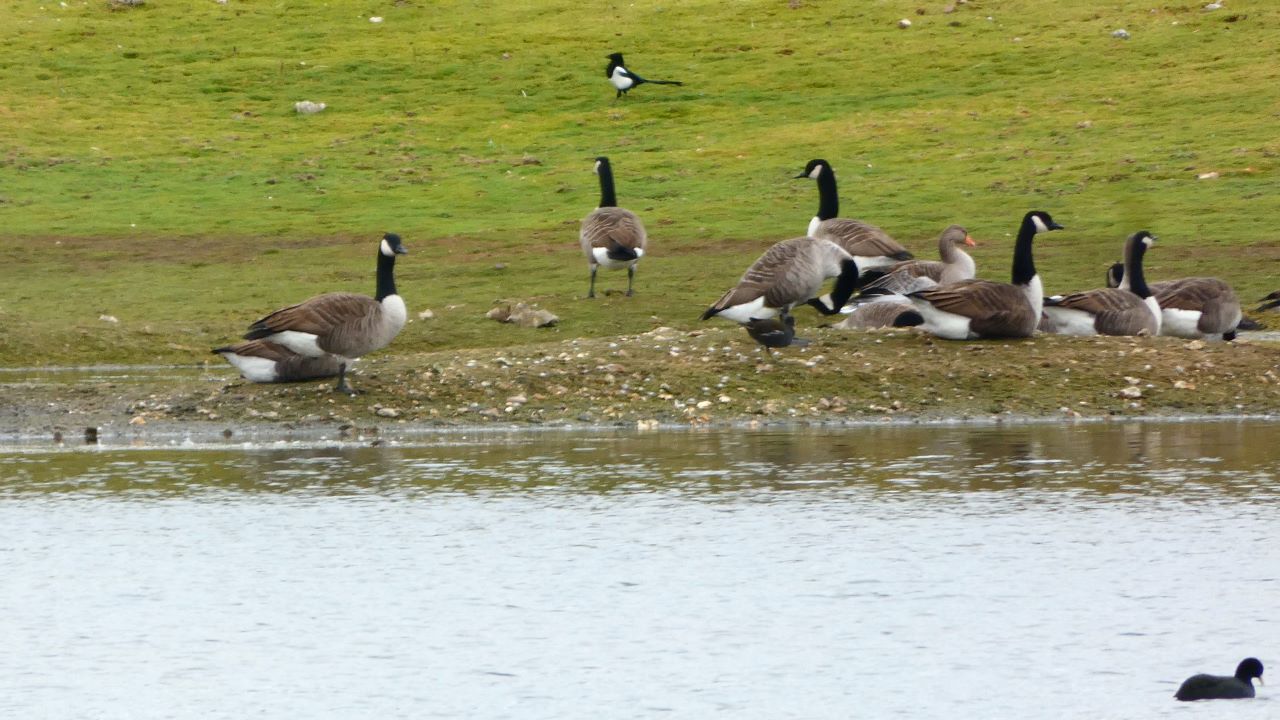
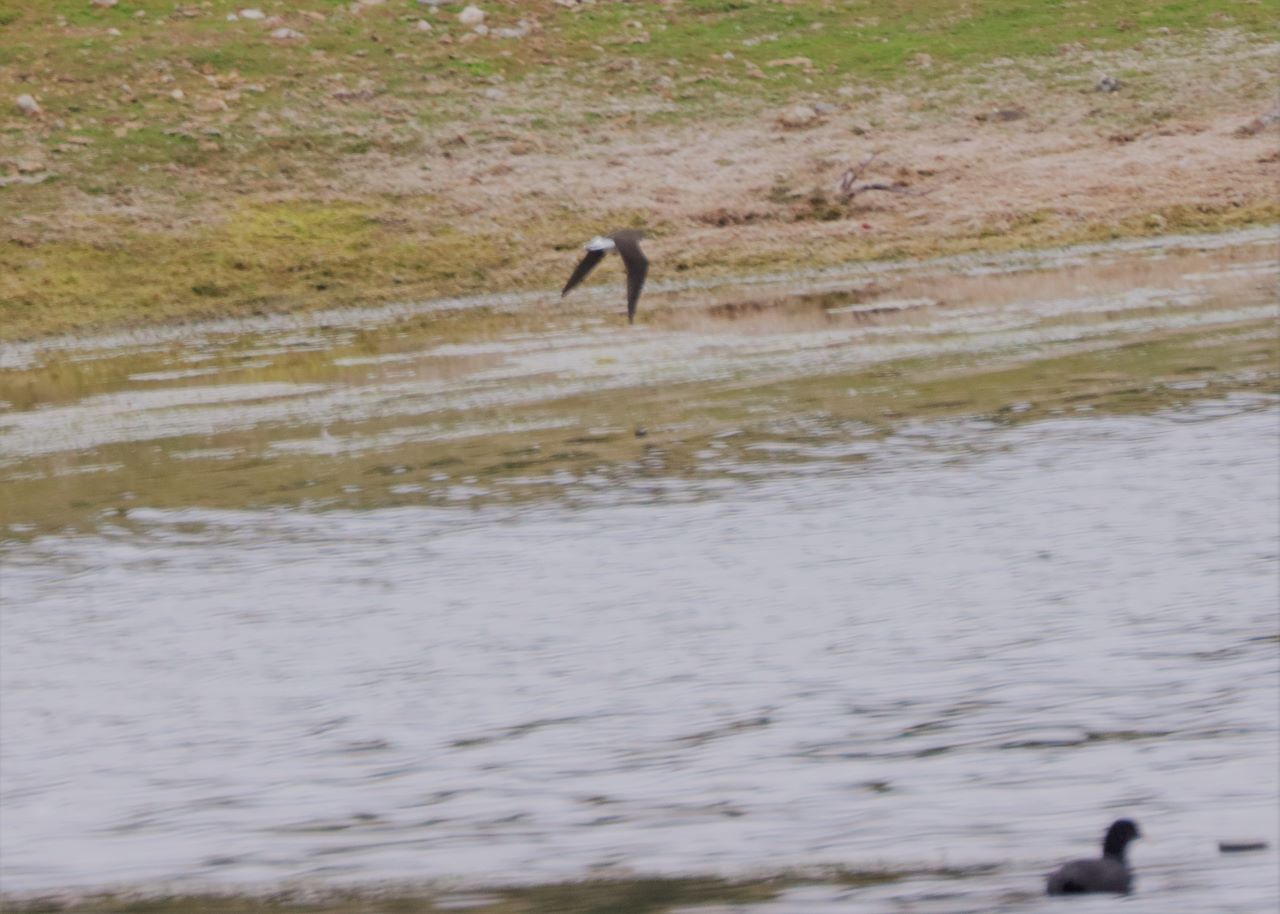
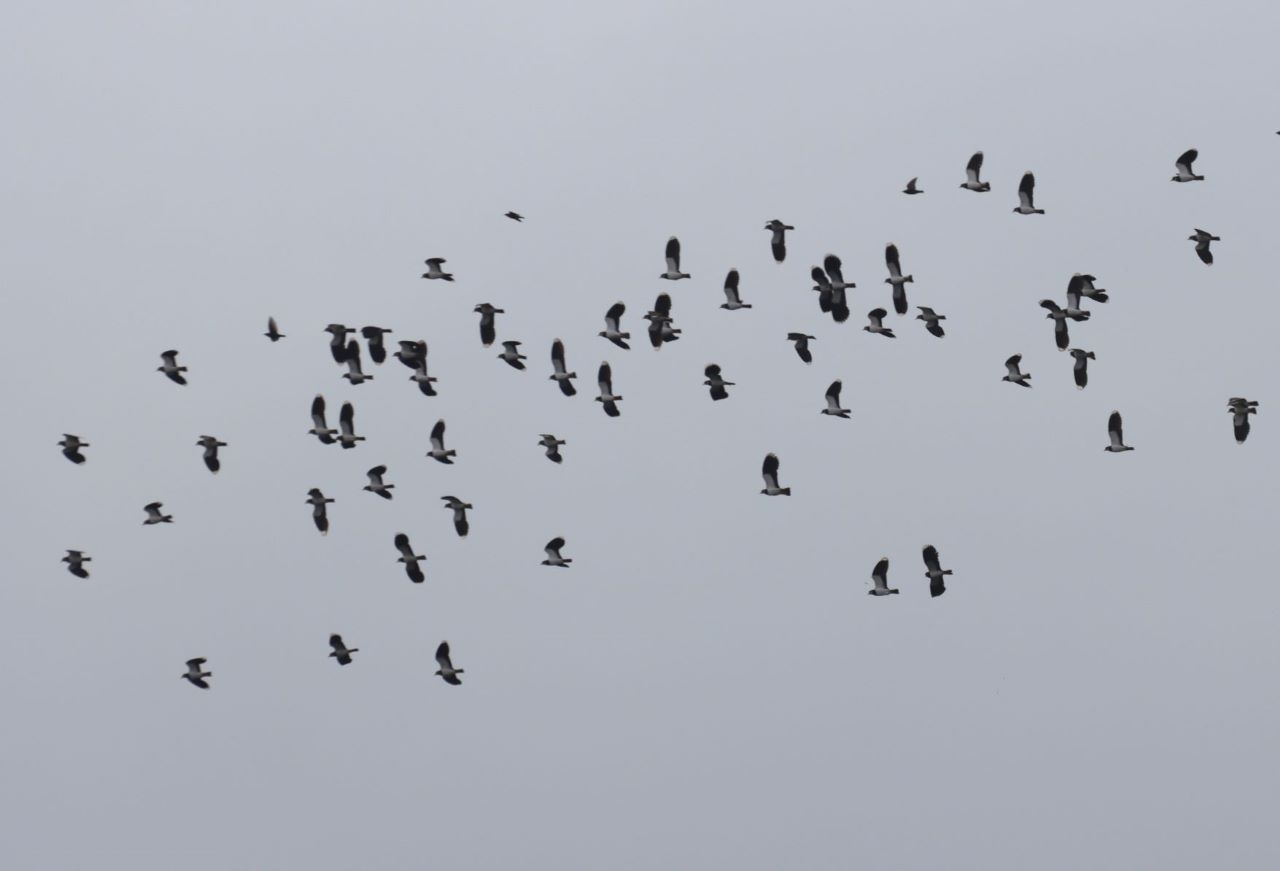

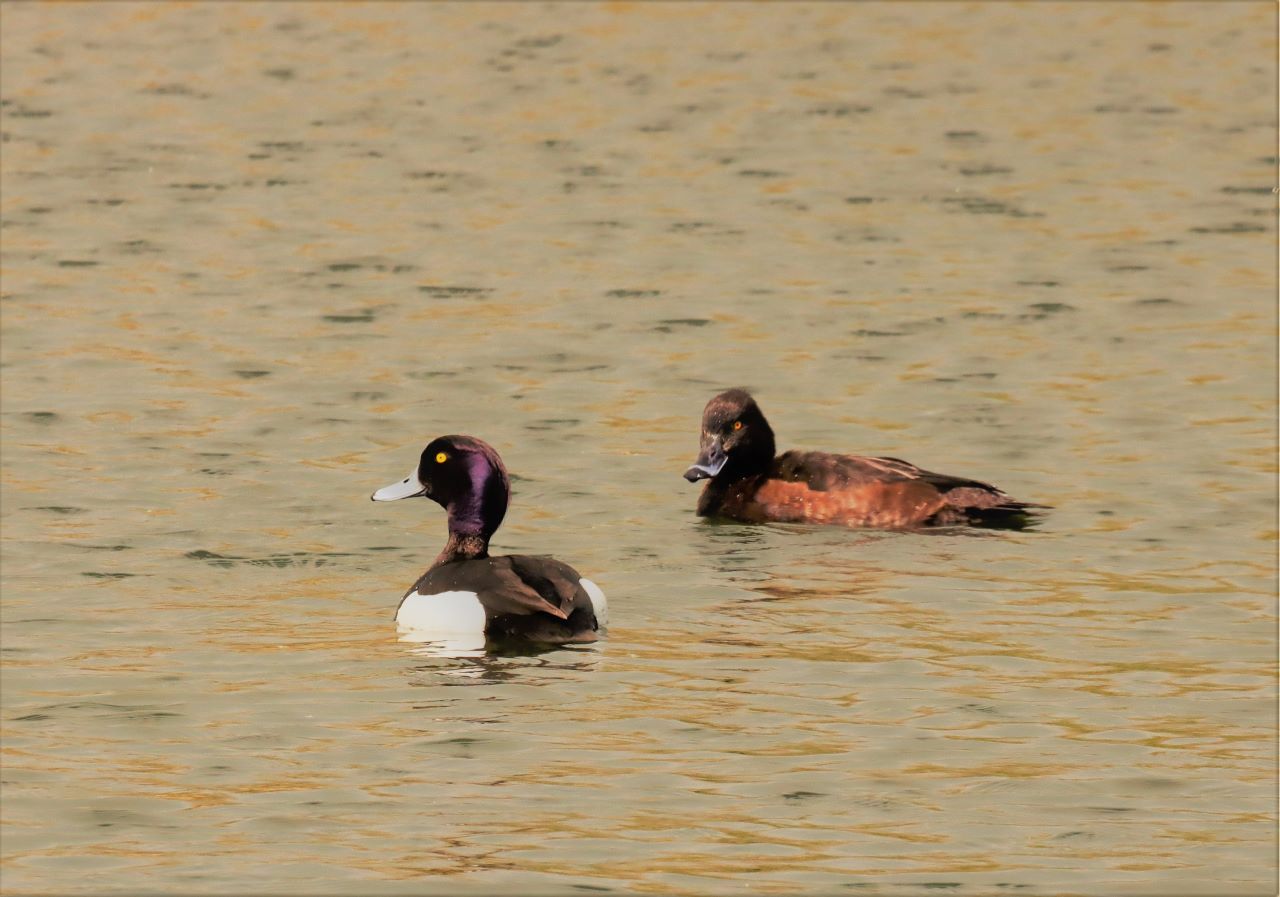
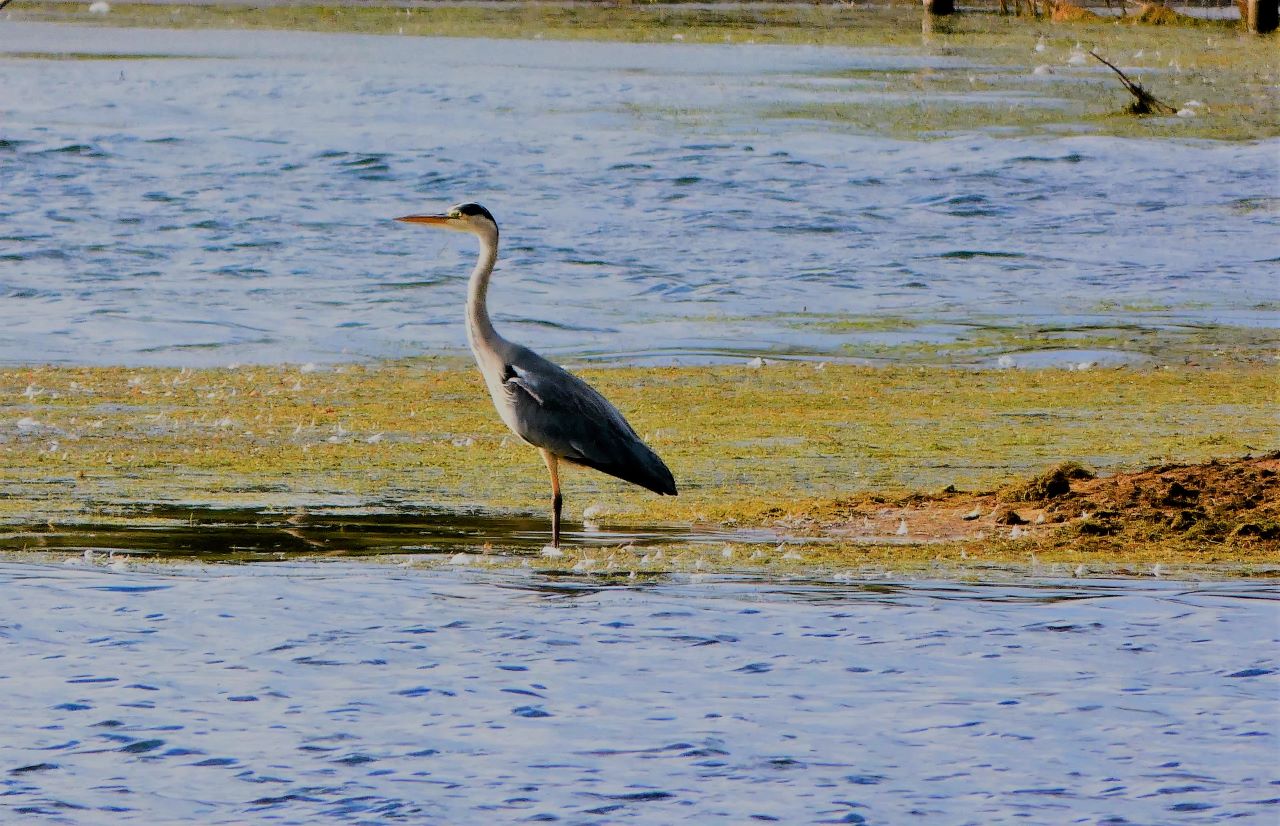

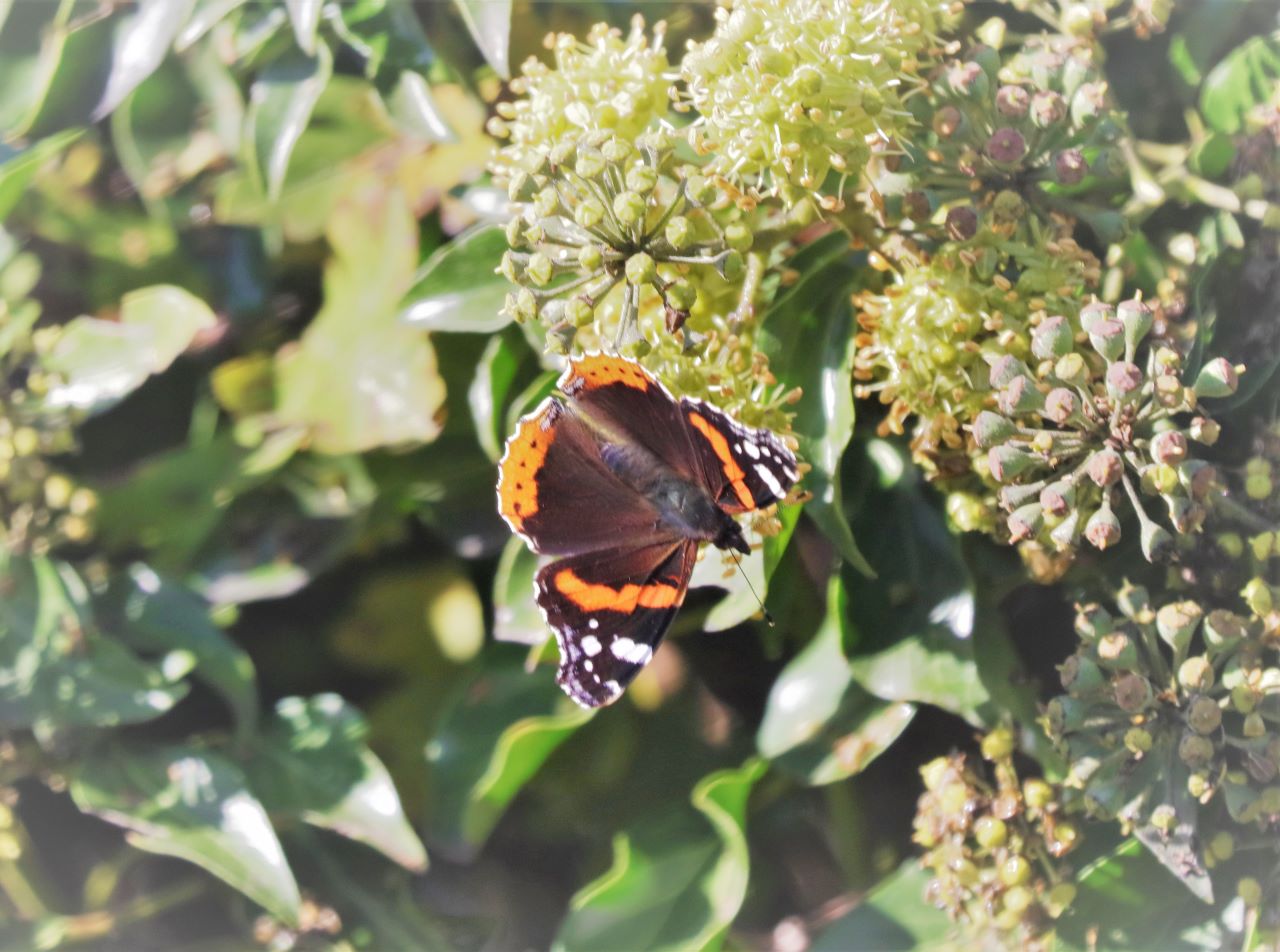
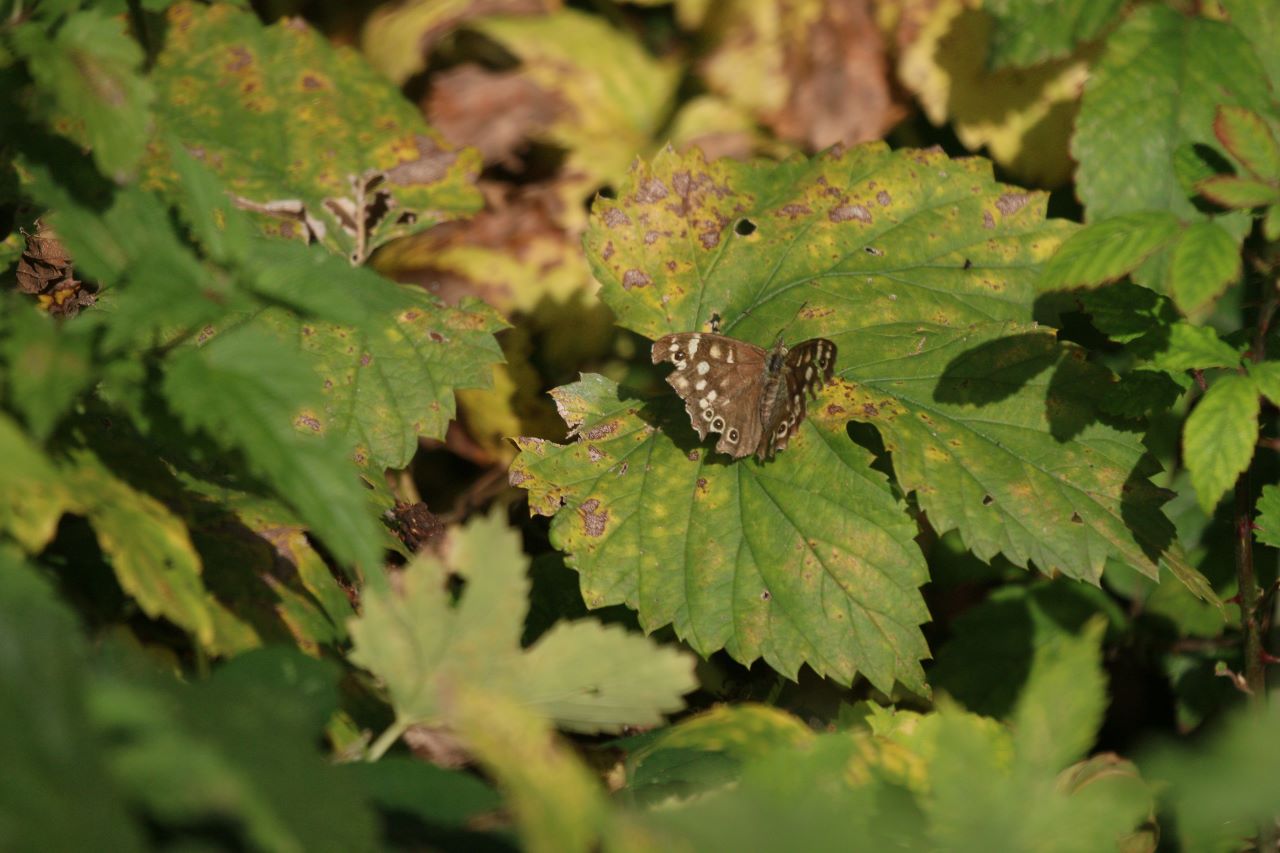
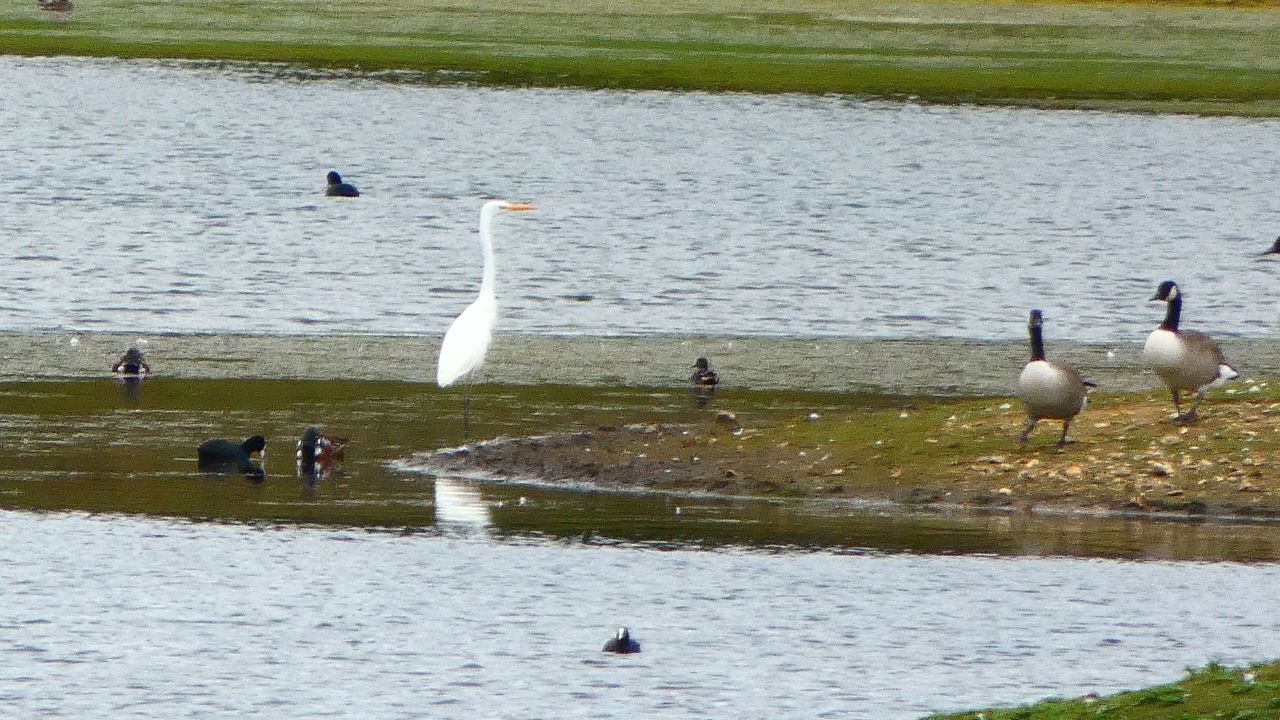






Recent Comments